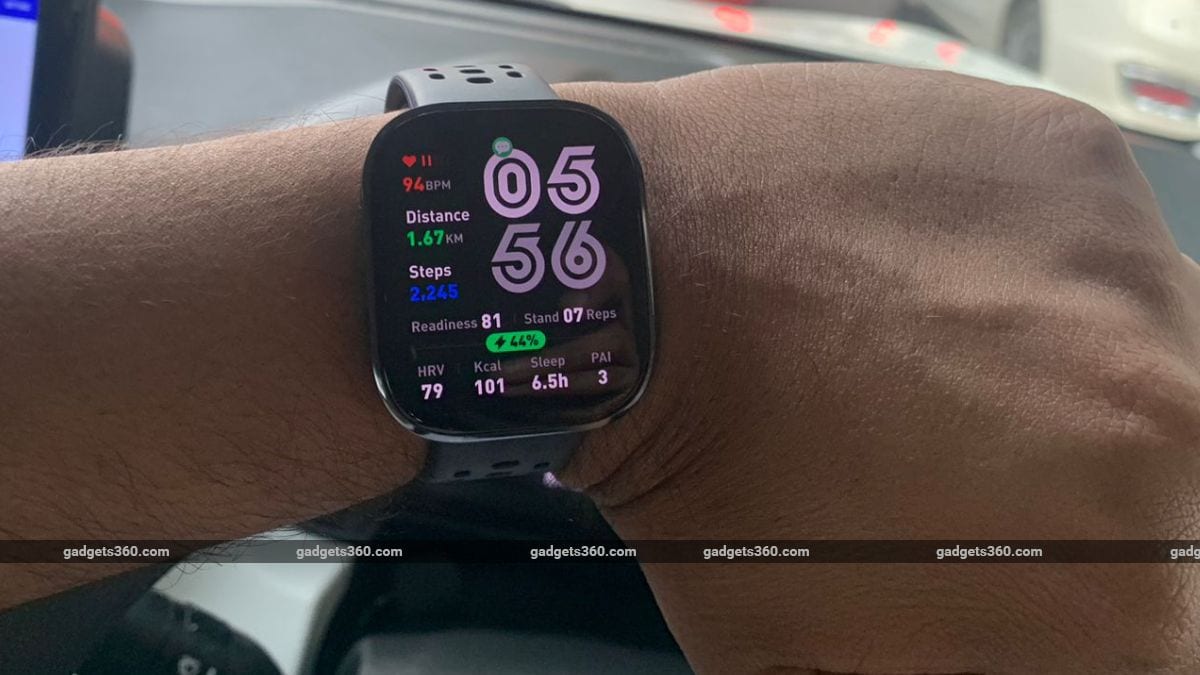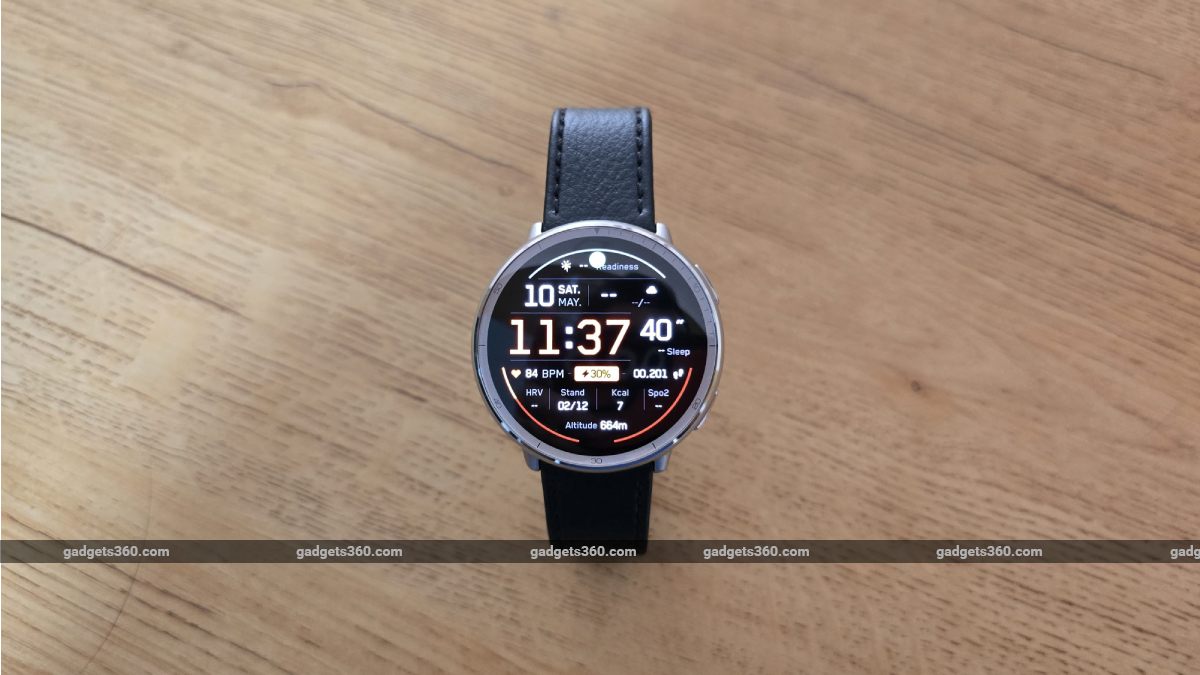Vivo Z1x Review in Hindi, Review of Vivo Z1x

Vivo Z1x design
Vivo’s latest smartphones Vivo Z1X The design is a bit flashy. The rear panel of our review unit comes with Phantom Purple, with a light shade of purple visible at the top and middle. The surface of the back panel is glossy and slightly reflective, due to which dust and stains easily fall on the phone. The frame is made of polycarbonate and it blends seamlessly with the flat rear panel.
There is a small waterdrop-notch on the front panel of the phone, just above the notch is the earpiece which is quite thin. The display of Vivo Z1X is protected by Schott Xensation 3D glass which is an alternative to Corning Gorilla Glass. The volume and power buttons are placed on the right side of the phone, while the Google Assistant button and dual-nano card tray are placed on the left side of the phone.
The speaker, USB Type-C port, 3.5mm headphone jack and mic are located at the bottom of the phone. Despite being smaller and lighter than the Vivo Z1 Pro, the Vivo Z1x is still larger and heavier (189.6 grams). Using the phone with one hand is not easy unless you have large hands; one has to stretch the hand to reach the content on the upper part of the display. The exterior of the phone is a bit slippery.
Some may prefer the contrast provided by the gold branding rather than the shiny rear panel, but we don’t like too much shine on the phone. The build quality of Vivo Z1x is good, but the ergonomics could have been better. Two color variants of Vivo Z1X have been launched, Fusion Blue and Phantom Purple.
Vivo Z1x specifications and software
Vivo Z1X has a 6.38-inch full-HD + Super AMOLED (1080×2340 pixels) display, it comes with 430 nits brightness. Its aspect ratio is 19.5:9 and screen-to-body ratio is 90 percent. Qualcomm Snapdragon 712 processor has been used in this latest smartphone of Vivo brand.
Recall that the same chipset was also used in Vivo Z1 Pro. Vivo Z1X has two storage variants, one with 64 GB storage which is priced at Rs 16,990 while the other variant has 128 GB storage and its price has been fixed at Rs 18,000. The thing to note is that there is no option of microSD card to increase the storage, so it would be better to buy the 128 GB storage variant.
The most important feature of Vivo Z1x is the triple rear camera setup. There is a 48-megapixel primary camera on the rear which is equipped with Sony IMX582 sensor, along with an 8-megapixel super wide-angle camera with 120.4 degree field of view. And a 2 megapixel depth camera is also provided.
Vivo Z1X has a 32-megapixel sensor for selfie and video calling, its aperture is F/2.0. To bring life to the phone, a 4,500 mAh battery has been provided which will support 22.5 watt flash charge technology. You will get a 22.5 watt charger in the retail box. For security, the phone has an in-display fingerprint sensor, it has been claimed that it unlocks the phone in just 0.42 seconds.
FunTouch OS is a heavily customized version of Android that changes everything from the aesthetics to the location of tools in the Settings app, icons, etc. This moves all quick settings buttons to the iOS-like Shortcut Center, which can be accessed by swiping up from the bottom of the screen.
Some UI elements irritate users such as high brightness and the sound profile bar takes up a lot of space, forcing users to scroll down for the location, low-power mode, and airplane mode buttons. Custom FunTouch OS navigation gestures felt half-baked. Surprisingly, if you do not want to use gestures etc. then Android navigation buttons are also provided in the phone.
The phone doesn’t have an app drawer; swiping left on the home screen opens the Jovi Smart Scene page, which gives you shortcuts to tools like the calculator and voice recorder, plus news headlines, weather updates, and a to-do list widget. FunTouch OS also has some nifty tools. For example, you can quickly create a second app (say a dual-app) of a compatible app on the home screen and easily capture a scrolling screenshot.
Apart from this, you will get file safe feature in the phone with the help of which users can hide media files, documents and other things. Dark mode has also been added to the phone, with AMOLED panels usually a black background is useful but Funtouch will give you a dark shade of grey.
Apart from this, smart motion tool and split screen shortcut is also provided. However, the phone has a lot of bloatware such as in-house apps that cannot be uninstalled and some third-party apps like Gaana, WebNovel, PhonePe, Paytm, Facebook and Opera. Some gaming tools are also provided in the phone.
The Game Picture-in-Picture tool opens a floating window for messaging apps without closing the game. Ultra Game Mode is the gaming hub of the phone and gives quick access to notification controls. Off-screen autoplay ensures that the game continues to run when the screen is turned off. We did not see advertisements and spammy notifications while using the phone. Our review unit runs on the July security patch but we expect the company to roll out the update before the phone goes on sale.
Vivo Z1x display and performance
Vivo Z1X has a Super AMOLED panel, it is bright and crisp and the colors appear vibrant. But color mode and temperature can be adjusted by going to the Settings app. Viewing angles are also quite good. In broad daylight, we didn’t need to increase the brightness more than half to comfortably use email and social media apps.
Vivo claims that the phone has a low brightness mode, which is similar to DC dimming. The in-display fingerprint sensor is quite fast. During the review, we did not face any problem regarding the accuracy of fingerprint recognition. The Vivo Z1x is powered by the Snapdragon 712 processor which proved to be a reliable performer. It handles all the day-to-day tasks, heavy multitasking and games with ease.
Benchmark scores show that it is faster than the Snapdragon 710 when it comes to CPU performance. Talking about media performance, the sound from the phone’s speaker is fine but when the volume exceeds 80 percent, there is a feeling of distortion. The design of the headset that comes with the phone is similar to the design of Apple EarPods, it is suitable for calls and listening to music but do not expect good bass response or vocal clarity from it.
PUBG Mobile and Asphalt 9 Game Boy defaults were set to high graphics and the Vivo Z1X delivered a smooth gameplay experience. The Mortal Kombat and Injustice Gods Among Us games also ran faster. We were surprised by the thermal performance of the Vivo Z1X, as there was only minimal heating from the phone even after playing for 30-50 minutes.
Vivo Z1x cameras and battery life
There is a 48-megapixel primary camera on the back of Vivo Z1X which is equipped with Sony IMX582 sensor. It is accompanied by an 8-megapixel super wide-angle camera with 120.4 degree field of view. And a 2 megapixel depth camera is also provided. The rear camera captures vibrant pixel-binning photos in daylight.
The phone focused quickly and was fairly accurate. Landscape photos, however, appeared overprocessed and lacked detail. Redmi K20 (review) also has the same 48-megapixel camera sensor, it captures better photos with accurate colors and more detail. The native AI Beauty mode helps with the dynamic range problem to some extent, making the picture look more vibrant.
On the other hand, grain was visible along with noise in low-light photos. Night mode adds some color to the frame and makes elements look slightly sharper. Redmi Note 7 Pro and Motorola One Vision (review) Perform better in low-light.
With the help of wide-angle camera, more people and objects can be captured in a scene. Wide-angle photos appeared dim and less sharp. If users want, they can also capture 48 megapixel photos in 4:3 aspect ratio. Full-resolution photos captured more detail than pixel-binning 16-megapixel photos.
In portrait shots, the contrast between the subject and the background was decent but the blur effect was unstable. The blur effect can also be adjusted after capturing a portrait photo in the pre-loaded Album app. There are also features like Scene mode, AR stickers, dynamic filters for short videos and portrait lighting effects along with Live Photos.
The 32-megapixel front camera captures crisp selfies with true colors. Selfies came out good with Bokeh effect. Now let’s talk about the video. The phone is capable of recording videos in 4K and 1080 resolution at 30 frames per second, which may be a bit disappointing. Because low-cost phones record full-HD videos at 60 frames per second.
Talking about video quality, the video of 1080 resolution was stabilized and the color reproduction was also correct. The wide-angle camera records video at 1080 resolution. To bring life to Vivo Z1x, a 4,500 mAh battery has been provided which comfortably lasts for a day. I even played PUBG Mobile for two hours on high-graphics settings, made calls, social media usage and listened to music through wired headphones for three hours and after a full day of internet connectivity the phone had about 30 percent battery left at the end of the day. Was.
In our HD video loop test, the phone lasted 18 hours and 52 minutes before shutting down. The 22.5 watt charger that comes with the phone takes the phone from 0 to 50 percent in just 38 minutes and takes about one and a half hour to fully charge the phone.
our decision
The design of Vivo Z1X is quite attractive. The build quality of the phone is strong but the phone is quite big. The AMOLED display of Vivo Z1x is quite impressive. There is no problem with the general performance of the phone, graphics-intensive games ran without any lag. The camera output was decent considering the price but the Realme X (review) and Redmi Note 7 Pro (review) give better results. The battery life of the phone is good and the phone performed quite well in our HD video loop test.
The Vivo Z1x is a worthwhile step up from its siblings, but performs better in the camera department despite commanding a premium. The lack of expandable storage could also be an issue if you’re considering the base variant. Customers purchasing the base variant of Vivo Z1X may face problems as there is no option to increase the storage in the phone.
With a starting price of Rs 16,990, the Vivo Z1X is certainly an attractive option. However, at this price, this phone of Vivo brand can be compared to Realme X, Redmi Note 7 Pro, Oppo K3 (review) like smartphones will compete.

